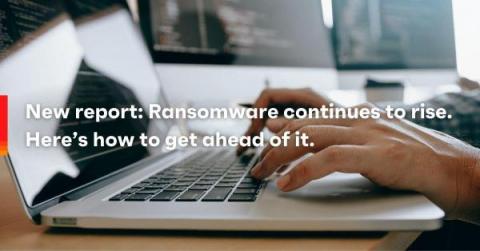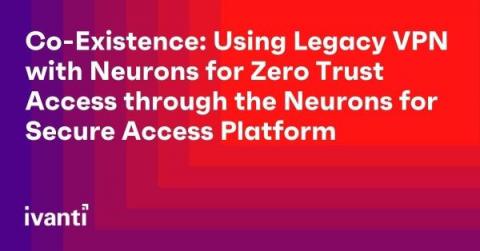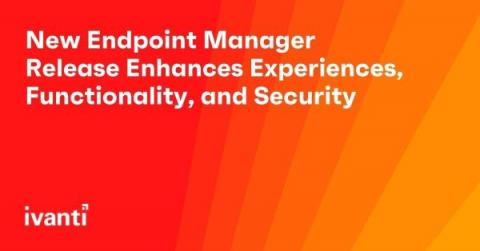A New Era of Software Asset Management
Do you remember when all applications were on-premises applications? Do you remember quarterly BSA (The Software Alliance) audits and press releases that identified companies for being out of compliance? Do you remember when big software manufactures were in the news because they were auditing school districts for software compliance? Have you read about any of this recently? Probably not.











